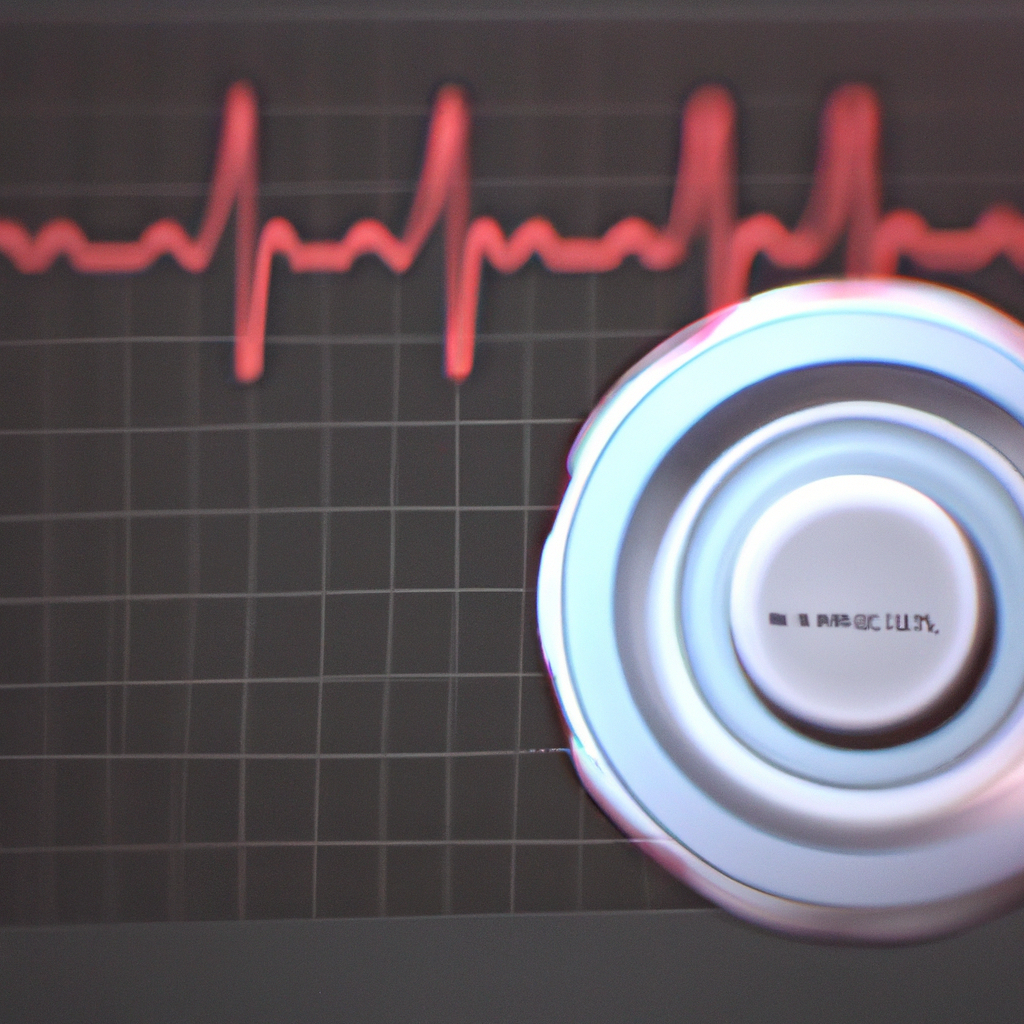The heart is one of the most vital organs in the human body, and its proper functioning is essential for maintaining overall health and wellbeing. A pacemaker is a medical device that is used to regulate the heart rhythm in people who have certain types of cardiac arrhythmia. In this article, we will explore how a pacemaker works to regulate heart rhythm and ensure proper heart rate control.
What is a Pacemaker?
A pacemaker is a small electronic device that is surgically implanted under the skin of the chest, just below the collarbone. It consists of a battery, a pulse generator, and one or more leads that are threaded through a vein into the heart. The pacemaker continuously monitors the heart’s electrical activity and delivers electrical impulses to the heart muscle to regulate the heartbeat when it is too slow or irregular.
How Does a Pacemaker Regulate Heart Rhythm?
1. Sensing: The pacemaker continuously monitors the heart’s electrical activity through its leads. It senses the natural electrical signals that are generated by the heart and uses them to determine if the heartbeat is too slow or irregular. If it detects an abnormal heartbeat, it sends a small electrical signal to the heart muscle to correct it.
2. Pacing: If the pacemaker detects that the heartbeat is too slow or irregular, it sends a small electrical signal to the heart muscle to stimulate it and make it beat at a regular pace. This is called cardiac pacing. The pacemaker can be programmed to deliver different types of pacing depending on the patient’s needs.
3. Rate Response: Some pacemakers have a special feature called rate response that can adjust the heart rate in response to physical activity. The rate response feature uses sensors to detect changes in the body’s movement, such as walking or running, and adjusts the heart rate accordingly. This ensures that the heart rate is always appropriate for the level of activity.
4. Anti-Tachycardia Pacing: Some pacemakers have a special feature called anti-tachycardia pacing that can treat certain types of rapid heart rhythms. This feature delivers a series of rapid electrical signals to the heart muscle to interrupt the abnormal electrical activity and restore a normal heartbeat.
Benefits of a Pacemaker
A pacemaker can provide many benefits to people with cardiac arrhythmia. Some of the benefits include:
– Improved quality of life: A pacemaker can improve the symptoms of dizziness, fatigue, and shortness of breath that are associated with a slow or irregular heartbeat.
– Reduced risk of complications: A pacemaker can reduce the risk of complications that are associated with a slow or irregular heartbeat, such as fainting or heart failure.
– Increased lifespan: A pacemaker can increase the lifespan of people with certain types of cardiac arrhythmia by ensuring proper heart rate control.
Conclusion
In conclusion, a pacemaker is a medical device that is used to regulate the heart rhythm in people with certain types of cardiac arrhythmia. It works by sensing the heart’s electrical activity, delivering electrical impulses to the heart muscle, and adjusting the heart rate in response to physical activity. Pacemakers can provide many benefits to people with cardiac arrhythmia, including improved quality of life, reduced risk of complications, and increased lifespan. If you have any questions about how a pacemaker works or if it is right for you, be sure to talk to your doctor.







